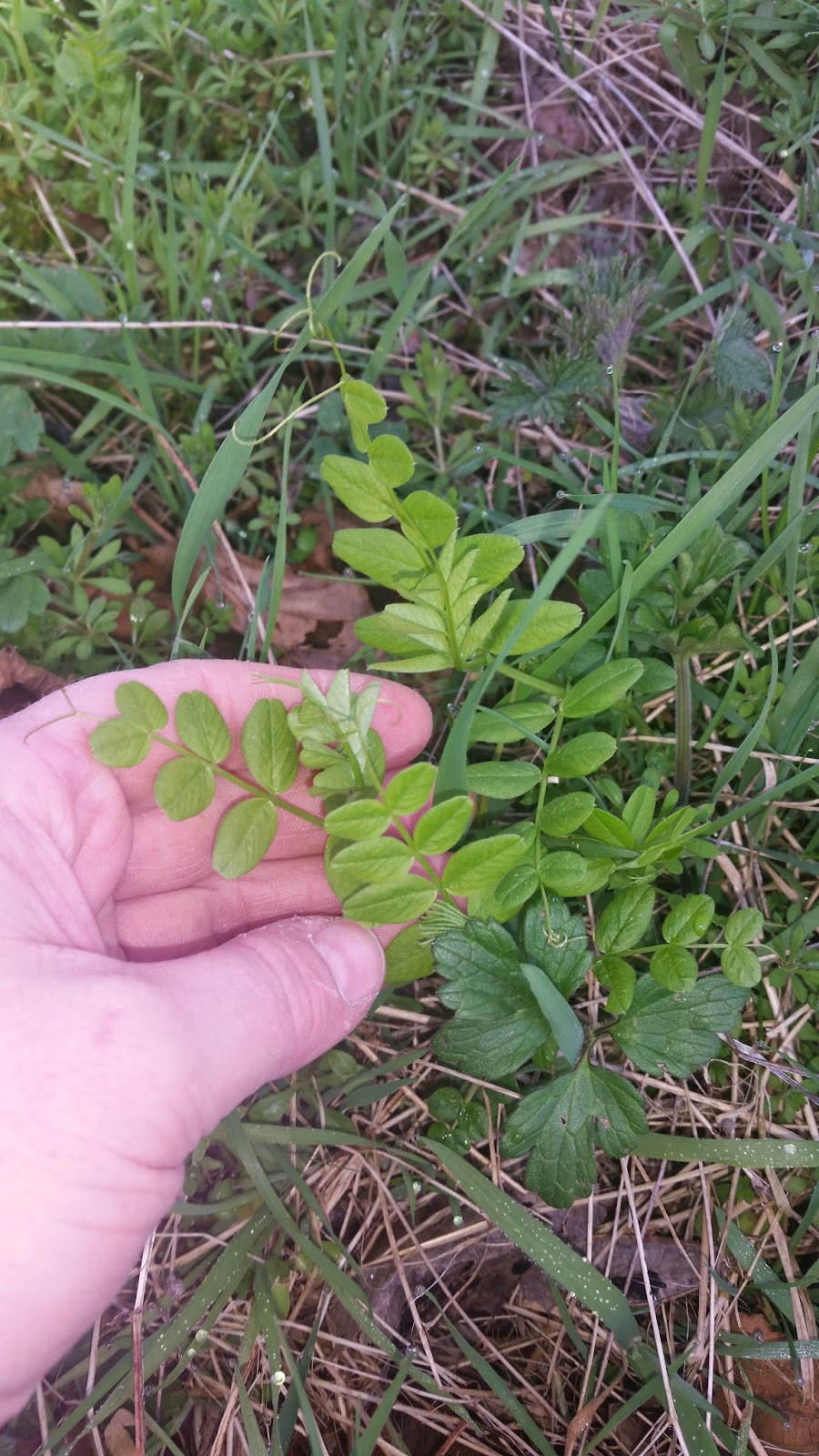Hello again. It's April and the sun is shining on Scotland, so I can't really pass on the chance of foraging, despite the fact that I don't eat most of what is available right now - as those who know me already know, I hate salad. I love my food, but I like flavour that I don't have to chew for - is this laziness or culinary elitism? I plump for the latter.
Anyway, today's forage included some salad leaves and other pockets of flora for future foraging. No recipes today, just a few foraging tips and an introduction to some of the edible plants available at this time of year.
First up - Meadowsweet:
In the height of summer, you can smell this before you see it. The plant looks similar to the ubiquitous Bramble, except that it has a red stem. The flowers are used in all sorts of recipes, including brewing and wine-making. On that note, I'd like to point you in the direction of an excellent database of wild plant recipes - http://www.celtnet.org.uk/ - but please come back!
Next, Hawthorn:
Hawthorn is also known as the Mayflower, because it comes into bloom in May. In contrast to Blackthorn Blossom, the leaves of the hawthorn appear before the flowers (Blackthorn blossom appears before its leaves), so it can be easily distinguished at this time. Many foragers suggest that young hawthorn leaves are a good salad leaf and are sometimes referred to as "Bread and Cheese". Personally I'd prefer the bread and cheese, thanks.
And now introducing; Sorrel:
This is common sorrel, and is the only wild leaf that I will eat - because it is the only leaf that doesn't taste of green, It is a member of the dock family and is identifiable by its arrow-shaped form. The final step in identification is to bite into a leaf: if it tastes of lemon, then it is Common Sorrel; if it doesn't, leave it alone!
And now, Vetch:
This is a member of the pea family, and pods will appear later in the year. I refer you again to the celtnet site or Google "Vetch Recipes". Vetch is also a useful plant for using as mulch, and is particularly good for mulching your strawberry patch. My experience of this plant ends there.
Finally, an edible (for my tastes) plant: Currant:
When identifying a currant bush, it helps to acquaint yourself with the leaf of the flowering currant, which is seemingly ever-in-blossom. Fruiting currants flower later than the flowering variety, which also helps with identification. I am always happy when I find a patch of wild redcurrants, because then I can make redcurrant jelly - the perfect ingredient for rich berry and wine sauces to compliment game.
And, back to the greens - Garlic Mustard:
A common sight in most hedgerows, Garlic Mustard has the scent and taste of garlic, and is used by many as a wild salad green. I am not one of the many.
And finally, Wild Viola/Violet:
This little flower can often be found peeking out of the undergrowth. Its flowers and leaves are used in many wild green recipes, but I am yet to use it. I might use it in a future recipe, with a nod to my childhood love of parma violets.
And that brings us to the end of our whistle-stop tour of spring greens. Roll on the summer, so I can indulge in the eating of my foraged finds!













